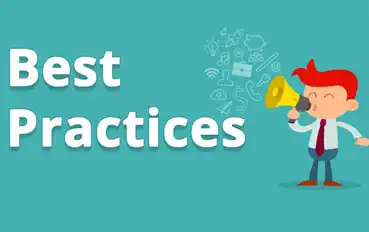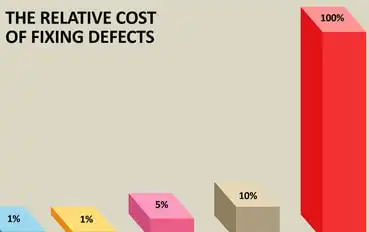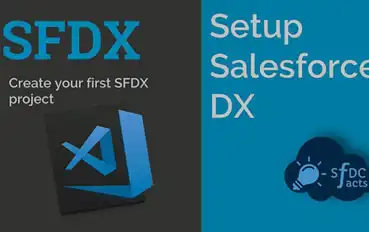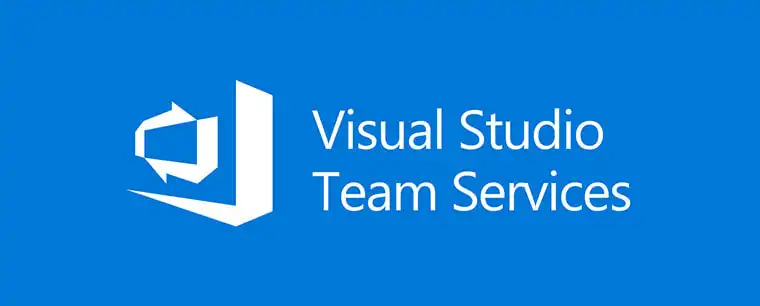
Why It Matters: A successful cybersecurity strategy includes the efforts of all team members working in a unified fashion. A code scan tool is an essential aspect of a complete plan, but it is not the only piece to the puzzle.
- Data security regulations need to be kept in mind when building a cybersecurity strategy.
- Healthcare companies are among the most highly targeted by cybercriminals.
- Failure to properly protect sensitive information can result in costly fines and penalties as well as losing public trust.


 The way your team members interact with your system has a massive impact on the success of your cybersecurity strategy. Something as simple as an accidental deletion can significantly impact the security and compliance of your Salesforce environment. So how can you be sure your team members are adhering to internal policies?
The way your team members interact with your system has a massive impact on the success of your cybersecurity strategy. Something as simple as an accidental deletion can significantly impact the security and compliance of your Salesforce environment. So how can you be sure your team members are adhering to internal policies?




